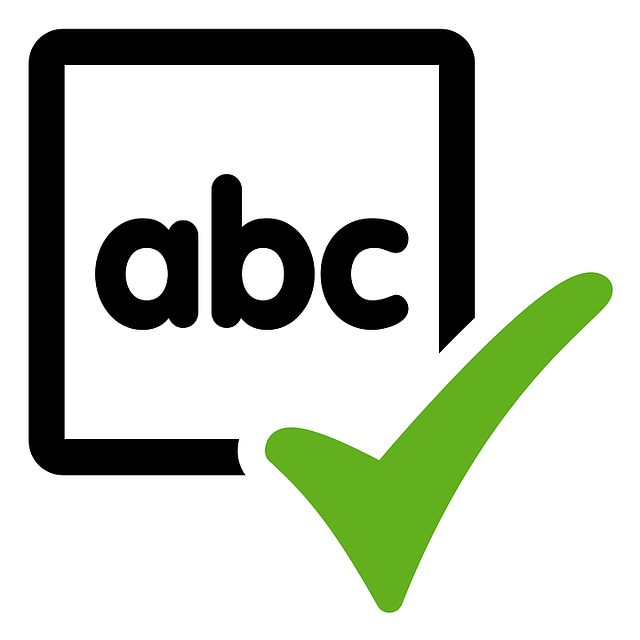Many people and businesses face financial difficulties and rejection when applying for equipment loans due to application errors and misconceptions. These problems stem from costly mistakes caused by not understanding financing terms, overlooking loan requirements, and failing to thoroughly check application forms. To avoid approval setbacks and loan challenges, dispel myths, carefully read agreements, and accurately disclose financial information.
“Avoid common pitfalls in equipment loan applications and prevent costly mistakes with our comprehensive guide. Understanding financing intricacies is crucial for a seamless borrowing experience. This article illuminates hidden dangers such as application errors, misinterpreted terms, and eligibility misconceptions that can hinder approvals.
We equip borrowers with strategies to navigate challenges, from meticulous application submission to effective communication with lenders. By avoiding these pitfalls, individuals and businesses can secure favorable loan terms, fostering long-term financial stability.”
- Understanding Financing Pitfalls and Application Errors
- – Defining financing pitfalls and application errors
- – Common causes of mistakes in equipment loan applications
Understanding Financing Pitfalls and Application Errors

Many individuals and businesses often find themselves caught in a web of financing pitfalls and application errors when seeking equipment loans. These costly mistakes can lead to approval setbacks, causing significant delays in acquiring much-needed machinery or technology. A common misconception is that obtaining a loan is purely a numbers game, where meeting specific criteria guarantees approval. However, the reality is far more intricate. Lenders consider various factors, and a simple error in application details can significantly impact the outcome.
To navigate these challenges, it’s essential to dispel common misconceptions. Thoroughly understanding financing terms and conditions is crucial. Double-checking application forms for accuracy is vital to ensure that minor errors don’t become major roadblocks. By being proactive in researching lenders and their requirements, borrowers can increase their chances of a smooth loan process.
– Defining financing pitfalls and application errors

Many individuals and businesses often fall into common pitfalls when it comes to equipment loans, leading to costly mistakes and application errors. These financing pitfalls can range from misconceptions about the loan process to overlooking crucial details that impact approval chances. For instance, misinterpreting loan terms, failing to provide accurate financial records, or not understanding the collateral requirements can result in delays or outright rejection.
Moreover, haste in completing loan applications or neglecting to research different lenders can cause significant issues. It’s essential to dispel any myths and clarify expectations to avoid approval setbacks. Thoroughly reading and comprehending loan agreements, ensuring all necessary documents are submitted accurately, and carefully considering the terms and conditions will significantly reduce these loan challenges.
– Common causes of mistakes in equipment loan applications

Many individuals and businesses often fall into common traps when applying for equipment loans, leading to financing pitfalls and costly mistakes. Application errors can arise from various misconceptions and a lack of understanding of the loan process. One significant issue is failing to disclose all relevant financial information accurately. Lenders rely on this data to assess creditworthiness and determine loan terms, so any omission or inaccuracy may result in approval setbacks.
Another frequent mistake is not considering the entire cost of borrowing. This includes not just the loan amount but also interest rates, fees, and potential penalties. Rush decisions without thorough research can lead to unmanageable repayment obligations. Additionally, many applicants underestimate the time and effort required to maintain proper equipment documentation and meet lender requirements, which can cause further loan challenges down the line.






